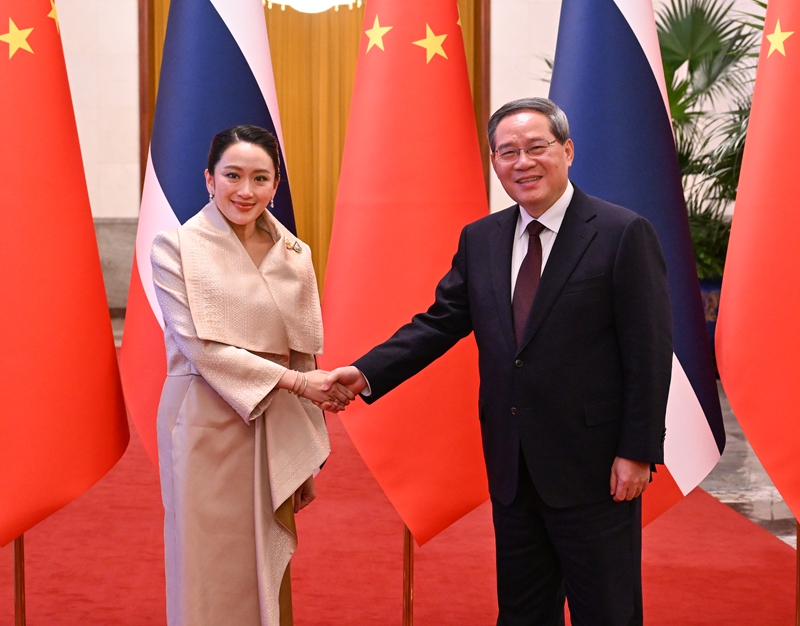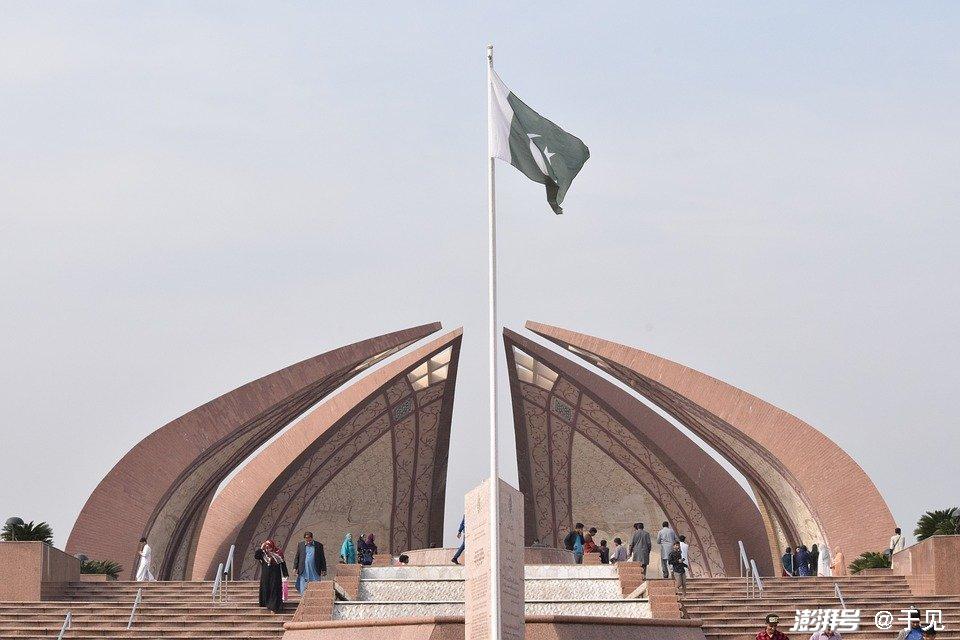Talking About The Anti-China Faction In Russia, Putin Has His Hands Full And Has Been Busy For Decades. It Is Funny To Think About It.
Talking About The Anti-China Faction In Russia, Putin Has His Hands Full And Has Been Busy For Decades. It Is Funny To Think About It.
As a result, Putin directly responded to these guys in a TV interview in March 2023, saying that you have been busy for decades and do not accept the reality. The Russian Far East has a small population and abundant resources. More and more Chinese are going to work and do business.

Speaking of Sino-Russian relations, the current state is really not exaggerated, it has reached a historical peak. The two countries have gone from a honeymoon period in the 1950s to stumbling upon each other later, and now are tightly tied economically and militarily. The anti-China voices in Russia have never stopped. Especially after the disintegration of the Soviet Union, some people always feel that the rise of China has stolen their limelight and caused a fire in their own backyard.
As a result, Putin directly responded to these guys in a TV interview in March 2023, saying that you have been busy for decades and do not accept the reality. When I think about this, I find it quite ridiculous that those anti-China factions opposed it vigorously. In the end, Sino-Russian cooperation is still advancing at a rapid pace.
Let’s take a look at history first. This anti-China sentiment was not developed in a day. During the Soviet period, China-Soviet relations began with the establishment of diplomatic relations in 1949. They were iron brothers. A large number of China's industrialization projects relied on Soviet experts and technical assistance.
As a result, by the end of the 1950s, the two sides became more and more divergent on their development paths. In 1960, the Soviet Union suddenly withdrew thousands of experts, leaving China's economy in a mess. This incident directly led to the cooling of Sino-Soviet relations, which was further ignited by the Zhenbao Island conflict in 1969. The border defense troops from both sides fought a battle on the Ussuri River, and many people died.
Since then, the Soviet Union has regarded China as a potential threat, and China has become a "revisionist" in domestic propaganda. The situation for the Chinese in the Far East of the Soviet Union was even worse. From the late 1920s to the 1930s, the Soviet Union engaged in forced relocation, driving tens of thousands of Chinese from the border, and even imprisoning many in labor camps, supposedly to prevent the infiltration of spies.
During the Great Purge in 1937, the Chinese people in the Far East suffered collectively, and many were shot or exiled to Siberia. The scars left by this dark history are still being talked about by some old-school politicians and scholars in Russia, who feel that China always wants to drill into the Far East.

When the Soviet Union collapsed in 1991, Russia inherited most of the wealth, but its economy was in shambles and the Yeltsin era was a mess. China's reform and opening up has started, and the economy is soaring like a rocket. The Russian Far East has a small population and abundant resources. More and more Chinese are going to work and do business. Some Russians have begun to talk about the "yellow peril theory" and say that the Chinese will immigrate here to grab the territory.
The old accounts of Tsarist Russia's invasion of Northeast China and Outer Mongolia in the 19th century have also been revealed. The Russians feel that China is vindictive and poses a great potential threat. In the 2000s, the Russian arms sales market was squeezed by China. It originally sold Su-27 fighter jets to India and Vietnam. Now China manufactures its own J-10 and J-20 and exports them to Southeast Asia. Russia's share has dropped from 40% to less than 25%.
This group of anti-China factions debated in the Duma and wrote reports saying that China is an economic competitor and must be guarded against it. After the Crimea incident in 2014, the West imposed sanctions on Russia. They felt that China was a life-saving straw, but at the same time they were afraid of relying on China and becoming a "little brother."
These anti-China factions are not just a handful of politicians and scholars; they are fueled by nationalist sentiments behind them. Russian society is highly xenophobic, and the unemployment rate is high in the Far East. Locals feel that Chinese people are opening shops to grab business, and housing prices are being driven up.
There are a lot of posts on social media complaining that there are too many Chinese tourists and resources are being bought at low prices. The think tank report is titled "Hidden Worries of Eastern Competition" and is full of data. It lists Chinese high-speed rail projects in the Far East and Russian companies suffering losses during the bidding process.

After Putin came to power, these voices did not stop. When he was re-elected in 2012, there were anti-China slogans in the street protests, saying not to get too close to China.
As a result, Putin's team stabilized its position and promoted the integration of the "Belt and Road" with the Eurasian Economic Union. At the Valdai Forum in 2015, he publicly stated that Eastern cooperation was an inevitable choice. These anti-China factions continue to post in underground forums and are highly active, but their influence is limited.
Turning to the outbreak of the Russia-Ukraine conflict in 2022, all-round Western sanctions, Russian oil and gas exports were blocked, and the ruble exchange rate was 1 to 120 US dollars in March. China is increasing imports. Oil imports will increase by 30% in 2022, and border trade volume will break records.
The Russian economy has not collapsed because of Sino-Russian trade. The trade volume will reach US$240 billion in 2023, exceeding the US$200 billion target two years ahead of schedule. When the anti-China faction saw something was wrong, they quickly jumped out and said that this would make Russia a vassal of China and intensify arms sales competition.
But Putin did not buy it. In an interview with Russian TV on March 21 of the same year, the reporter asked about domestic concerns about China. He first nodded and said that there have always been such voices in the past few decades, then spread his hands, palms upward, and shrugged.

The action was caught on camera and instantly went viral on the Internet. The meaning of the show of hands is very clear: you say what you want, the reality is this, the bilateral relations have reached a new height, and the national interests lie there. After the interview, the short video went viral, and someone in the comment section laughed and called it the "best complaint" against the anti-China faction.
In recent years, the anti-China faction has not been idle. At a Moscow seminar in April 2023, scholars showed slides showing the details of China’s Far East investment, took notes in the audience, and distributed leaflets calling for review of the agreement.
At the cabinet meeting in May, Putin’s team fired back, saying that energy exports to China stabilized foreign exchange, and natural gas increased by 20% in the first half of the year. Containers pile up at Far East ports, labeled Sino-Russian joint venture. Opponents switched sides and the post received 100,000 views, but once the trade data came out, activity dropped by 30%.

There are many examples in history. Before Yeltsin's visit to China in 1996, Duma members jointly opposed it and letters piled up on the president's desk, but the agreement was signed. After 2014, China bought soybeans, trucks from Heilongjiang farms were fully loaded and transported across the border, anti-China rally slogans were waved, and the police controlled them. At the beginning of the 2022 conflict, the opposition channel was popular, but when the cooperative convoy crossed Siberia, reality slapped it in the face.
Conclusion:
To put it bluntly, these anti-China factions are highly subjective and ignore the overall interests of the country. Russian resources are exported to China and used to build the economy, and the development of the Far East relies on Chinese funds and technology.
Demographic concerns? China's immigration policy is strict, and most Chinese from the Far East work as short-term workers. Arms sales competition? Russia sells S-400s and China buys them for modification, but the two countries also jointly develop an upgraded version of the Su-35.
Putin showed his hand to point out this layer: The world structure has changed, the West is under great pressure, and it is the right way for China and Russia to stay together for warmth. The anti-China faction has worked hard for decades, but like leaves falling in the wind, it cannot stop the flow of trade convoys and pipeline oil.






